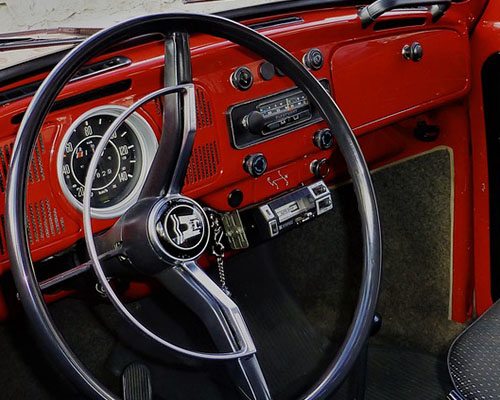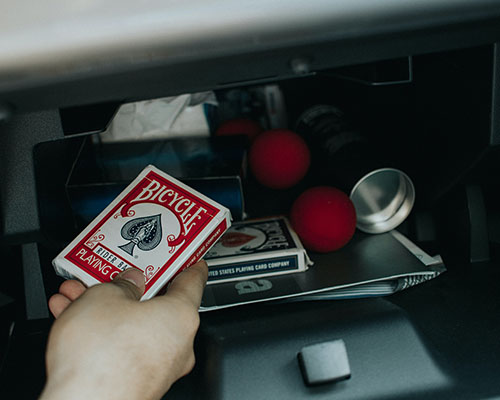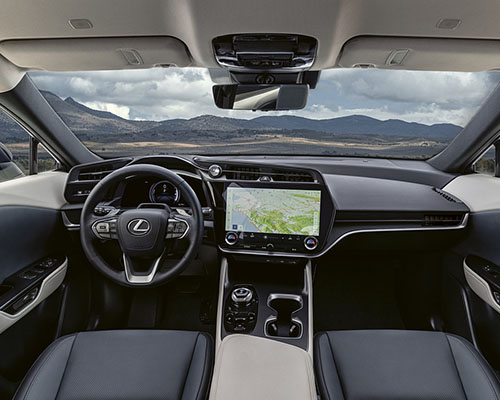Do you remember the glove box in your car from when you were younger? Where your parents might have stored their car sweets, or your favourite CDs and cassettes were stored to inspire your journey. Chances are if you’re over 30, you probably do – but now, not so much.
However, with the advent of new technology, the glove box may no longer be a necessary feature in cars. We’ll explore the history and evolution of this iconic compartment and discuss whether or not it will survive in today’s automotive market.

Where Did the Name Come From?
As the automotive industry entered a new era in the 20th century, drivers found themselves needing to protect their hands from dirt and debris during car rides.
This necessitated gloves being worn while driving, many of which were stored away safely into an onboard compartment located beneath each seat known as ‘the glove box’.
As cars advanced further with wooden steering wheels later down the line, it was especially important for these devices to be utilised in order to keep both vehicles and passengers alike well-maintained.
History of the Glove Box:
The 1920s ushered in a new era of automotive innovation, with glass windows becoming increasingly commonplace. As part of this shift towards convenience and comfort for drivers and passengers alike, the glove box was moved to the firewall where it became an integral component of cars by 1930. During this period, some manufacturers even added special flourishes like clocks or metal stripes to their designs—a testament to sophistication within car development at that time.
In the 1950s and ’60s, glove boxes evolved to become essential accessories for drive-in fast food fans. Instead of merely serving as places to store papers or tools, they now featured glove box cup holders that allowed motorists to enjoy their meals on the go. Furthermore, alongside documents like owner’s manuals — drivers could also use them in order to keep small maintenance items such as tyre pressure gauges close at hand while travelling down roads.
The 1980s marked a period of slight transformation for glove boxes. Extra room was added, leading to the incorporation of an interior cabin filter in air conditioners – paving the way towards modern-style storage compartments seen today. Typically, you could find A to Z maps for navigating around the UK, as well as a selection of favourite cassettes (with CDs following later down the line).
By the 1990s, these had developed into shelves that simply opened down and provided more space than ever before to store valuables at hand’s reach.
Innovative Glove Box Generation:
Car manufacturers have gone the extra mile to make sure that their vehicles offer all of the bells and whistles, regardless of the price range.
Features once reserved for luxury cars now come standard in many models; such as a sunroof or cooled glovebox which provides great comfort during hot weather trips.
A cooled glovebox is a great feature to have in a car during the summer. It’s essentially a small refrigerator that sits inside a glove box and keeps your food and drinks cold. This is a great way to stay comfortable while you’re driving, and it also prevents your food from going bad.
Car brands that have adopted this innovation include Hyundai, Toyota, MG and Nissan.

Coming into the Future:
While glove box compartments have been a staple of the automotive industry for many years, they may not be featured on new cars in the future. This is because car manufacturers are looking for ways to reduce weight and increase efficiency, and the glove box compartment is seen as an unnecessary feature.
The glove box may soon be a thing of the past, as many automotive brands have already begun to phase them out in favour of lighter and more efficient designs
This does not mean, however, that the entire concept will disappear for good; many cars are now being designed with smart storage solutions that are both practical and lightweight
For example, some models feature shelves or compartments inside the door panels that can store small items like sunglasses and phones. Others offer large centre consoles with plenty of space for larger items such as purses or laptop bags.
Technology has revolutionised the way we navigate, making it easier than ever to reach your desired destination without the use of a physical map. Infotainment systems now feature satellite navigation and allow for Apple CarPlay or Android Auto connectivity so you can stream music directly from your phone – meaning CDs and cassettes are no longer needed either.

The All-New Lexus RZ is leading the way forward with its luxurious, spacious cabin that has been crafted for maximum comfort, minus the glove box. Entering a new era of modern design and technology, this vehicle showcases advanced lighting effects throughout the Tazuna cockpit—a contemporary glimpse into the automotive future. Additionally, drivers have plenty of storage options in both centre consoles and door bins to store everyday items while they drive in style.
So while the glove box may no longer be a part of new vehicles in the future, there are still plenty of ways for drivers to keep their items organised and secure on the go.
The glove box has come a long way since its inception over 100 years ago. From being a place to store documents and tools, it now serves as a way to keep food and drinks cool in the summer months.
While it may soon be phased out in favour of more efficient designs, car manufacturers are still coming up with clever storage solutions that can accommodate drivers’ needs. Ultimately, the glove box is an important part of automotive history, and its evolution over time has been remarkable.